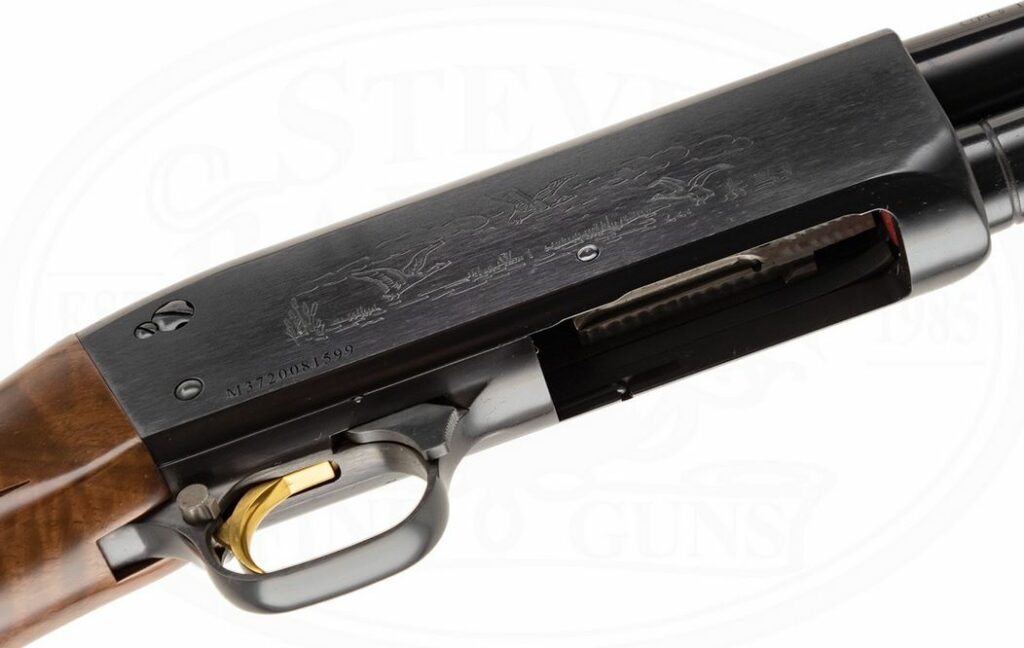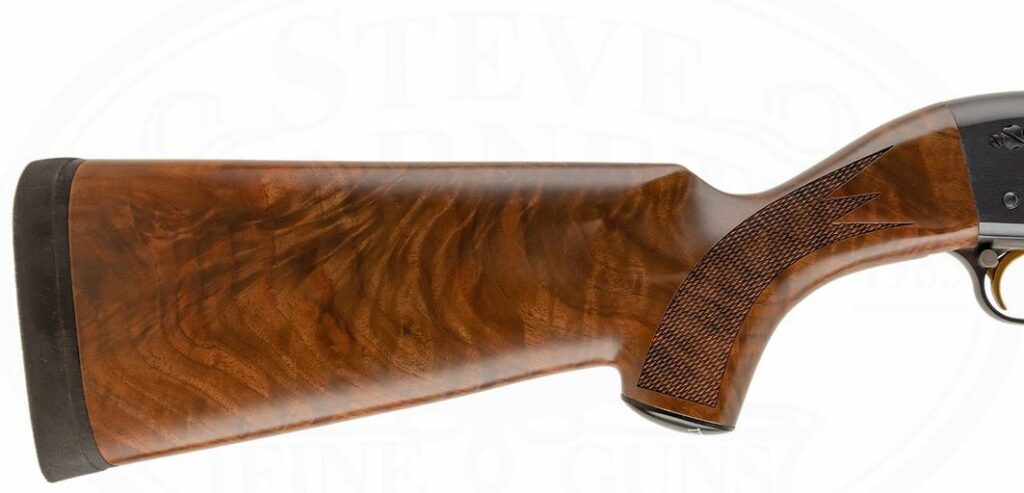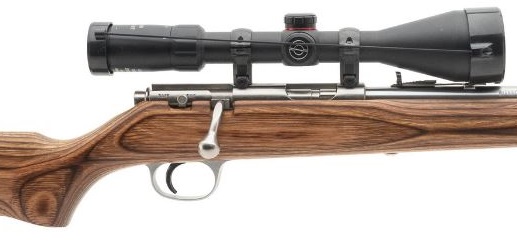While browsing through Steve Barnett’s foul and tempting website recently, I came across this exquisite little beauty:

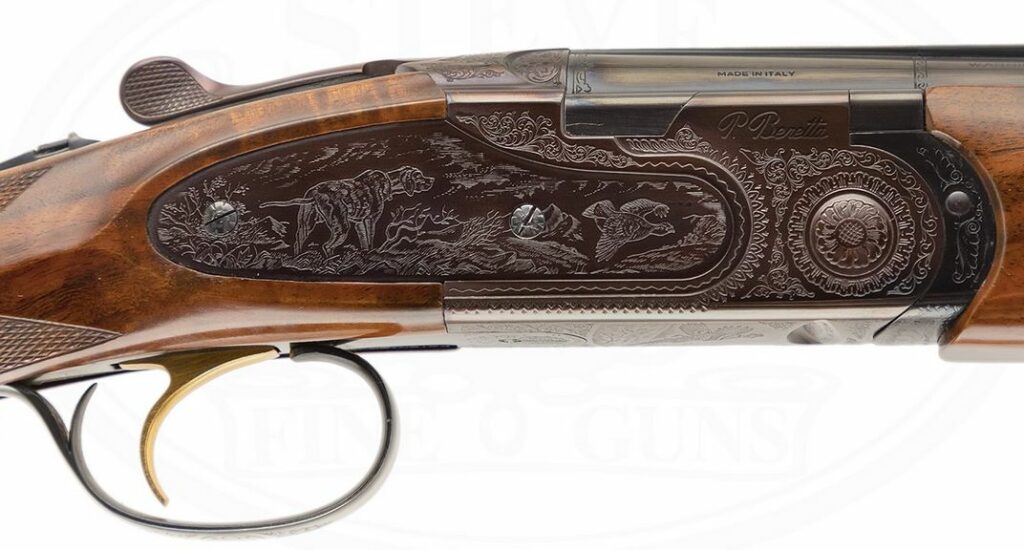
…and it triggered, so to speak, this train of thought.
I have to admit that I’ve never understood the appeal of the .410 shotgun cartridge, other than the fact that it’s not a punisher like the 12ga. (For those who are unfamiliar with shotgun cartridges, here’s a good summary.) Some pics, to illustrate what I’m talking about:
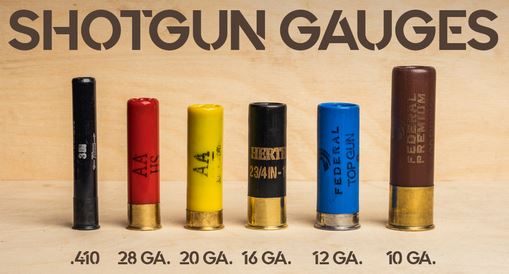
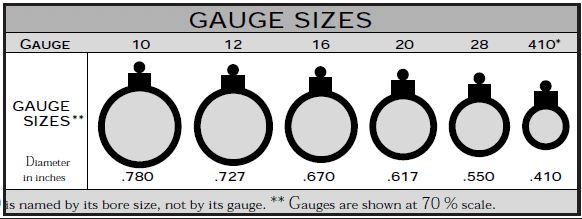
I know that many excellent shotgunners of my acquaintance (like Mr. Free Market) just love the little thing — Mr. FM actually calls .410 shooters “showoffs” because shooting clays with a .410 is akin to shooting at them with a .22LR* — and there is no argument that on terrestrial targets (e.g. rats and snakes) the .410 is absolute murder. So as a “recreational” cartridge, I can see its appeal.
I have heard people say that the .410 is a fine “starter” cartridge for youngins, to get them into the swing of shotgunning without the recoil owies.
However, while the .410 is less of a shoulder-smasher than the 12ga, it nevertheless imparts recoil similar to that of a .30-30 rifle cartridge, so it’s no feather.
Please understand that this little discourse does not constitute a hit job on the .410 — anything but — but I have never seen much reason for its use other than as a recreational cartridge, like the .177 pellet.
And I am more than willing to be persuaded otherwise, by people who love the thing.
Of course, there is an alternative use for the .410, that of self-defense in a handgun like the Taurus Judge:
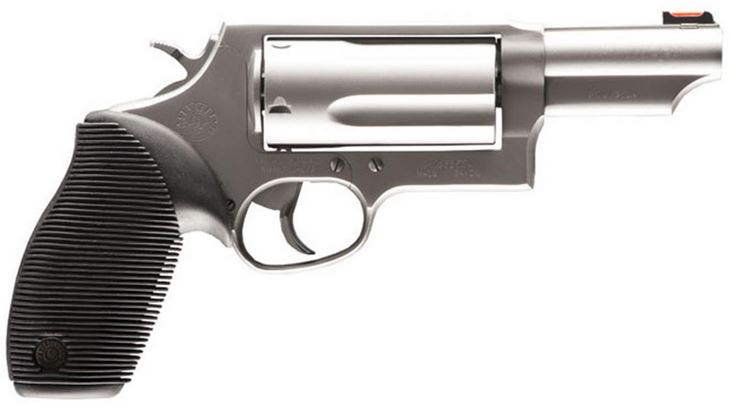
…which as an added bonus, can also chamber the wonderful .45 Colt/.45 Long Colt cartridge (for the purposes of this exercise, the .410 and .45 Colt are dimensionally interchangeable). Here’s a video of the Taurus Judge (executive summary: meh).
Likewise there are “field” options like the Magnum Research BFR, similarly chambered:
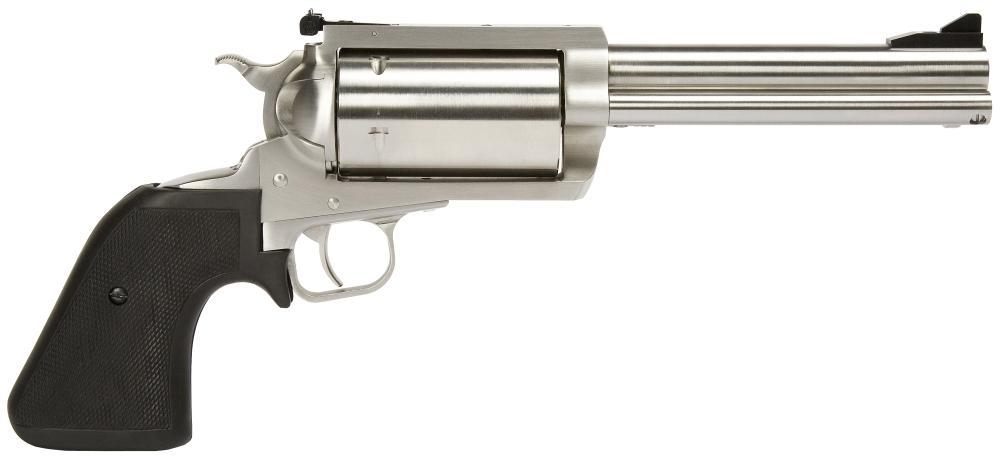
…but even with the added muzzle velocity of the longer barrel, I can see little advantage to carrying such a piece out in the wilderness. So, no.
But as a sporting or birdshooting cartridge out of a shotgun? I call on my Readers for their input. Because that Beretta S687 is simply crying out for a good home…
*I should add that Mr. FM’s favorite backyard activity at Free Market Towers is shooting crows with a .410 or .177 pellet gun.


